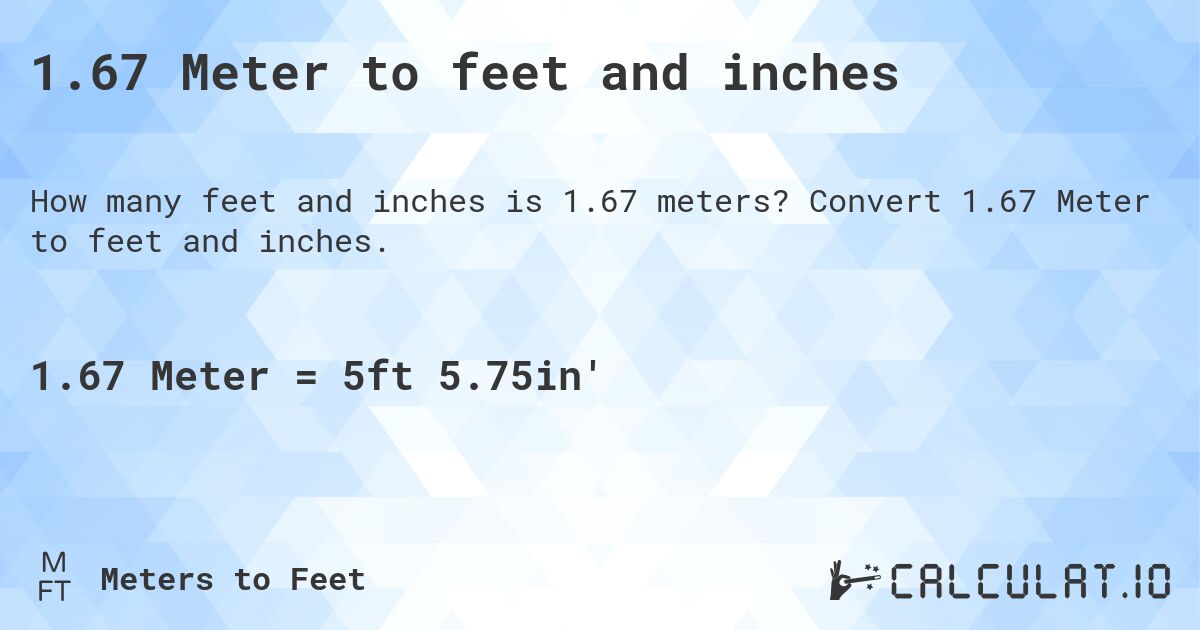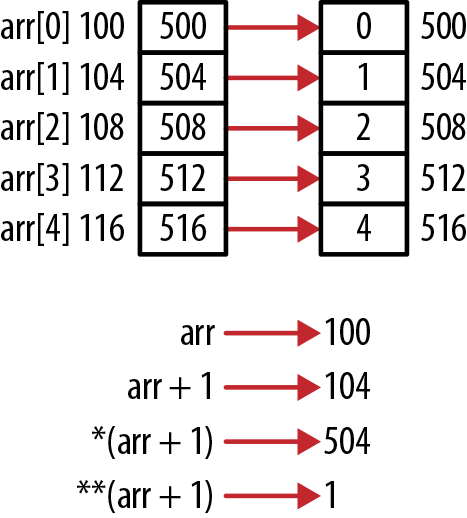Mastering the Art of Drawing Honeycomb Patterns
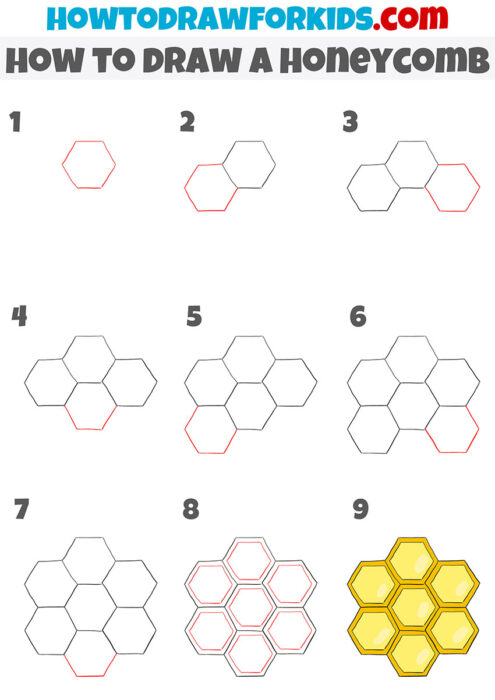
Drawing intricate patterns is an art that requires precision, patience, and a keen eye for detail. Among the myriad of patterns that artists and designers create, the honeycomb pattern stands out with its unique hexagonal structure and natural aesthetic appeal. In this comprehensive guide, we delve into the world of honeycomb patterns, exploring their significance, various techniques for creating them, and practical applications in art and design.
The Significance of Honeycomb Patterns
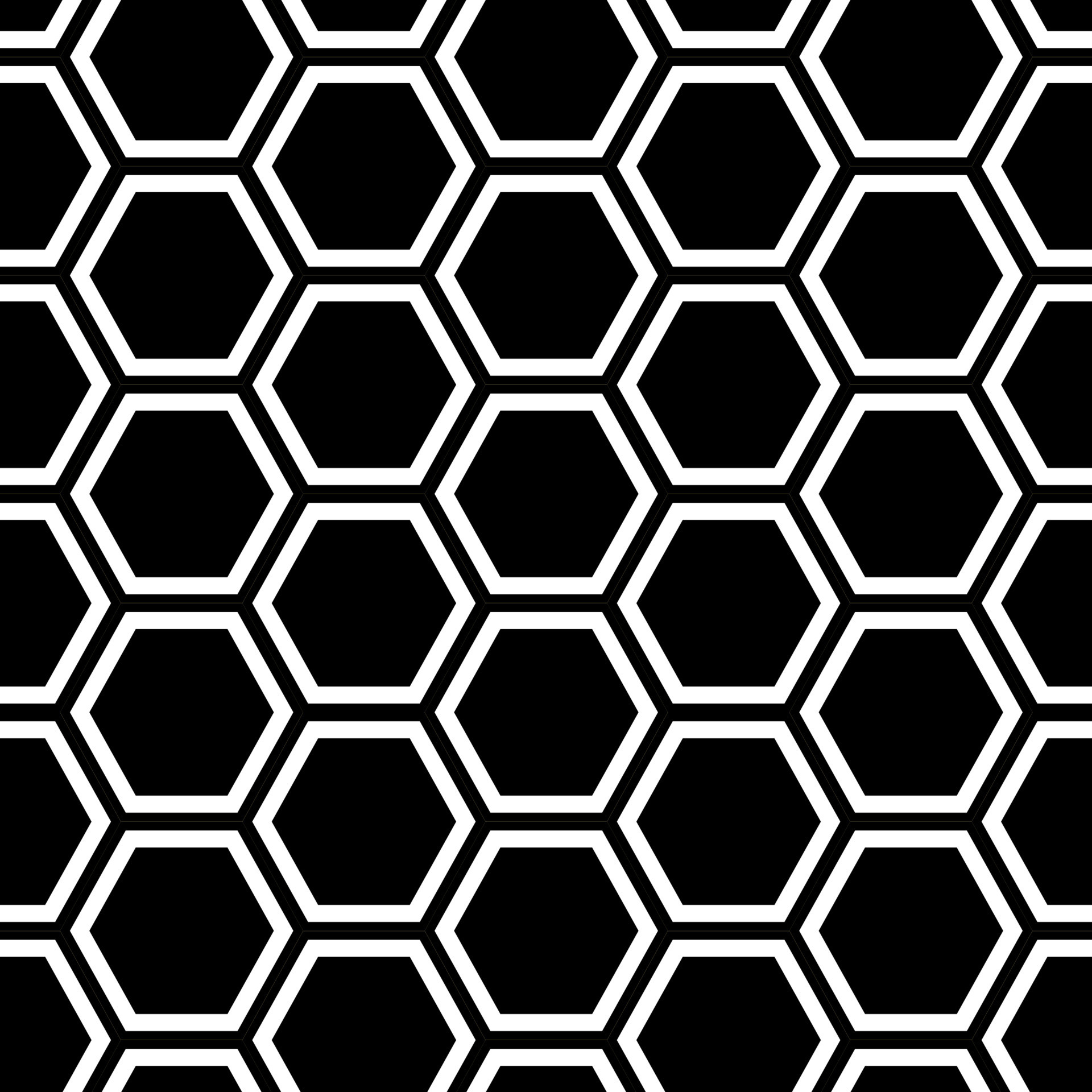
The honeycomb pattern, with its regular hexagonal arrangement, has fascinated humans for centuries. Its natural occurrence in beehives has inspired artists, architects, and designers alike. The pattern’s geometric precision and structural efficiency make it a symbol of nature’s perfect design. In art, honeycomb patterns are often associated with themes of order, harmony, and interconnectedness.
Throughout history, artists have incorporated honeycomb motifs into their works, each adding a unique twist to this timeless pattern. From ancient Celtic designs to modern minimalist art, the honeycomb pattern has left its mark on various artistic movements. Its versatility allows artists to explore different styles, from intricate pen-and-ink drawings to bold, colorful paintings.
In design, the honeycomb pattern finds applications in a wide range of fields. Architects may use it to create visually stunning and structurally sound buildings, while graphic designers incorporate it into logos, patterns, and textures. The pattern's modular nature makes it ideal for creating seamless designs and repetitive motifs.
Techniques for Drawing Honeycomb Patterns
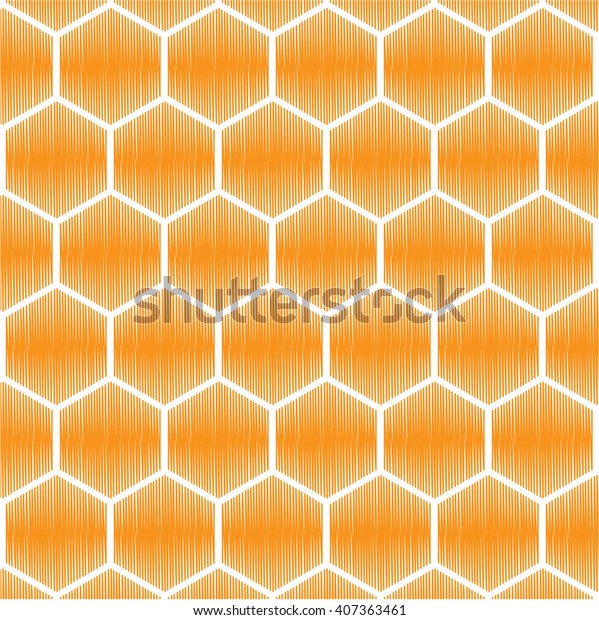
Creating a perfect honeycomb pattern requires a combination of artistic skill, precision, and an understanding of geometry. Here are some techniques to master this art:
Traditional Pen and Paper Method
The traditional approach to drawing honeycomb patterns involves a ruler, a compass, and a steady hand. Start by drawing a perfect hexagon using the compass and ruler. Then, replicate this hexagon to create a grid-like structure. Connect the vertices of each hexagon to form the characteristic honeycomb pattern.
This method requires practice to achieve precision, but it offers a satisfying sense of control and a deep connection to the traditional art of drafting.
Digital Drawing Tools
In the digital age, artists and designers have access to a wide range of software and applications that simplify the process of creating honeycomb patterns. Tools like Adobe Illustrator, Inkscape, and Procreate offer precise drawing capabilities and the ability to create perfect shapes with just a few clicks.
These digital tools allow for easy manipulation of the pattern, enabling artists to experiment with different sizes, colors, and variations. They also provide the advantage of layering, which is essential for creating complex, multi-layered honeycomb designs.
Stencils and Templates
For those who prefer a more hands-on approach, stencils and templates can be an excellent way to create honeycomb patterns. Artists can craft their own templates using materials like cardboard or acetate, or purchase pre-made stencils designed specifically for honeycomb patterns.
Using stencils simplifies the process, especially for those who are new to drawing intricate patterns. It allows for consistent, repeatable results and is an excellent starting point for exploring different pattern variations.
The Art of Shading and Texturing
Once the basic honeycomb pattern is established, the real magic happens with shading and texturing. Artists can bring their patterns to life by adding depth and dimension through various shading techniques. This can be achieved using pencils, pens, or digital tools, depending on the preferred medium.
Experimenting with different shading techniques, such as cross-hatching, stippling, or blending, adds a unique character to each honeycomb pattern. Texturing, whether through the use of different line weights or the addition of natural elements like pollen or bees, further enhances the pattern's visual appeal.
Practical Applications and Inspiration
The beauty of honeycomb patterns lies not only in their aesthetic appeal but also in their practical applications across various fields.
Art and Illustration
In the world of art, honeycomb patterns can be the focal point of a piece or serve as a subtle background element. Artists may incorporate these patterns into landscapes, abstract art, or even portraiture to add a touch of natural beauty and geometric precision.
Illustrators often use honeycomb patterns to create visually captivating infographics, posters, and book covers. The pattern's modular nature makes it ideal for creating visually appealing layouts and compositions.
Design and Architecture
Designers and architects find inspiration in the structural efficiency and aesthetic appeal of honeycomb patterns. In interior design, these patterns can be incorporated into wallpapers, tiles, or furniture designs, adding a unique and modern twist to spaces.
Architecturally, the honeycomb pattern has been used to create stunning facades, structural elements, and even entire buildings. Its strength and efficiency make it an ideal design choice for both form and function.
Nature-Inspired Art and Design
Honeycomb patterns are a testament to the beauty and precision of nature. Artists and designers often draw inspiration from the natural world, incorporating not just the pattern itself but also the surrounding elements. This might include adding bees, flowers, or other natural elements to the design.
Nature-inspired art and design that incorporates honeycomb patterns can be a powerful way to connect with audiences, evoking a sense of wonder and appreciation for the natural world.
Future Trends and Innovations
As technology advances and artistic styles evolve, the art of drawing honeycomb patterns continues to adapt and innovate. Here are some future trends and possibilities:
- 3D Printing and Honeycomb Patterns: 3D printing technology opens up new possibilities for creating honeycomb structures with precise detail. Artists and designers can explore creating three-dimensional honeycomb sculptures or even functional objects inspired by this pattern.
- Interactive and Digital Honeycomb Art: With the rise of interactive art and digital installations, honeycomb patterns can be brought to life in new and exciting ways. Artists can create immersive experiences where viewers can interact with and explore these patterns in virtual or augmented reality.
- Sustainable Design and Honeycomb Inspiration: The efficiency and strength of honeycomb patterns make them an ideal inspiration for sustainable design. Architects and designers can explore using honeycomb structures in eco-friendly buildings, furniture, and even packaging, reducing material waste while maintaining structural integrity.
The future of honeycomb patterns in art and design is bright, with endless possibilities for exploration and innovation. As artists and designers continue to push the boundaries of creativity, this timeless pattern will undoubtedly continue to inspire and captivate audiences around the world.
How can I ensure my honeycomb pattern is perfectly symmetrical?
+Achieving perfect symmetry in honeycomb patterns requires precision and attention to detail. Start by using a ruler and compass to draw a perfect hexagon, and ensure each subsequent hexagon is aligned and connected correctly. Digital tools can also assist in creating perfectly symmetrical patterns with ease.
What are some unique ways to add interest to honeycomb patterns?
+There are numerous ways to add interest and uniqueness to honeycomb patterns. You can experiment with different shading techniques, add natural elements like flowers or bees, or incorporate colors and textures. Some artists even explore abstract variations, distorting the pattern to create a surreal effect.
Are there any specific tools or materials recommended for drawing honeycomb patterns?
+The choice of tools and materials depends on your preferred drawing style and the desired outcome. Traditional artists may prefer rulers, compasses, and high-quality pens or pencils. Digital artists can utilize software like Adobe Illustrator or Procreate. For hands-on work, stencils and templates can be a great starting point.
How can I incorporate honeycomb patterns into my design projects?
+Honeycomb patterns can be incorporated into design projects in various ways. They can serve as background textures, be used to create visually appealing layouts, or even form the basis of a logo or brand identity. The pattern’s modular nature makes it highly adaptable to different design needs.

